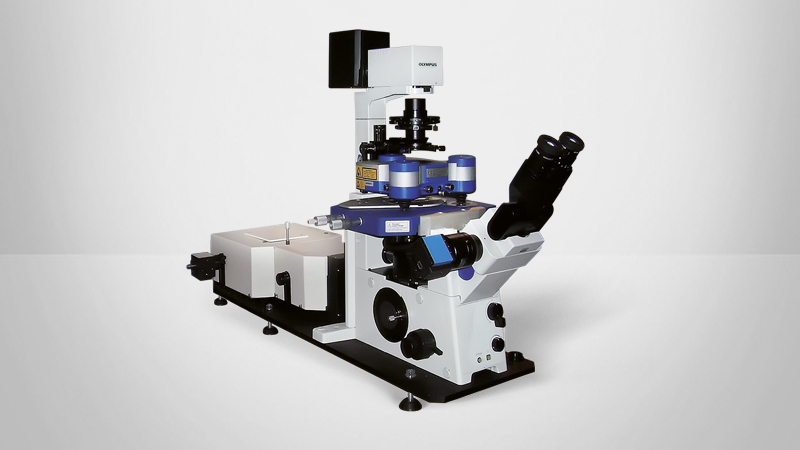Combining Atomic Force Microscopy with Fluorescence Lifetime Imaging
KEYWORDS: Atomic Force Microscopy; AFM; NanoWizard; Fluorescence Lifetime Imaging; FLIM; Time-Resolved Confocal Microscopy; Tip Assisted Optics; TAO; Correlative Microscopy
Confocal fluorescence microscopy provides fluorescence information from a sample volume close to the refraction limit with a spatial resolution down to approximately 200-300 nm, whereas the resolution of atomic force microscopy (AFM) can be three orders of magnitude higher, up to a fraction of a nanometer. Both of these established techniques can provide different types of information, such as local fluorescence intensity and lifetime using time resolved fluorescence or high-resolution spatial topography and mechanical properties using AFM. A combination of both techniques in a single instrument opens up new experiments for measuring and manipulating down to the molecular scale.
The straightforward integration of the PicoQuant MicroTime 200 and JPK NanoWizard 3 can be done without any modifications to the two systems. The high spatial precision of the ADM and FLIM data overlay was demonstrated using one possible investigation scheme where the AFM tip stays fixed in the confocal volume of topographical and fluorescence data using sample scanning.
Readers can expect to learn about:
- How the NanoWizard AFM and dedicated accessories such as the TAO module enable the perfect combination of FLIM and AFM;
- Instrumentation and detailed steps - including calibration - of the system configuration showcasing the seamless integration of the NanoWizard AFM into the PicoQuant MicroTime 200; and
- The potential of the NanoWizard AFM when combined with time-resolved confocal microscopy for the characterization of sample surfaces on a molecular level;


